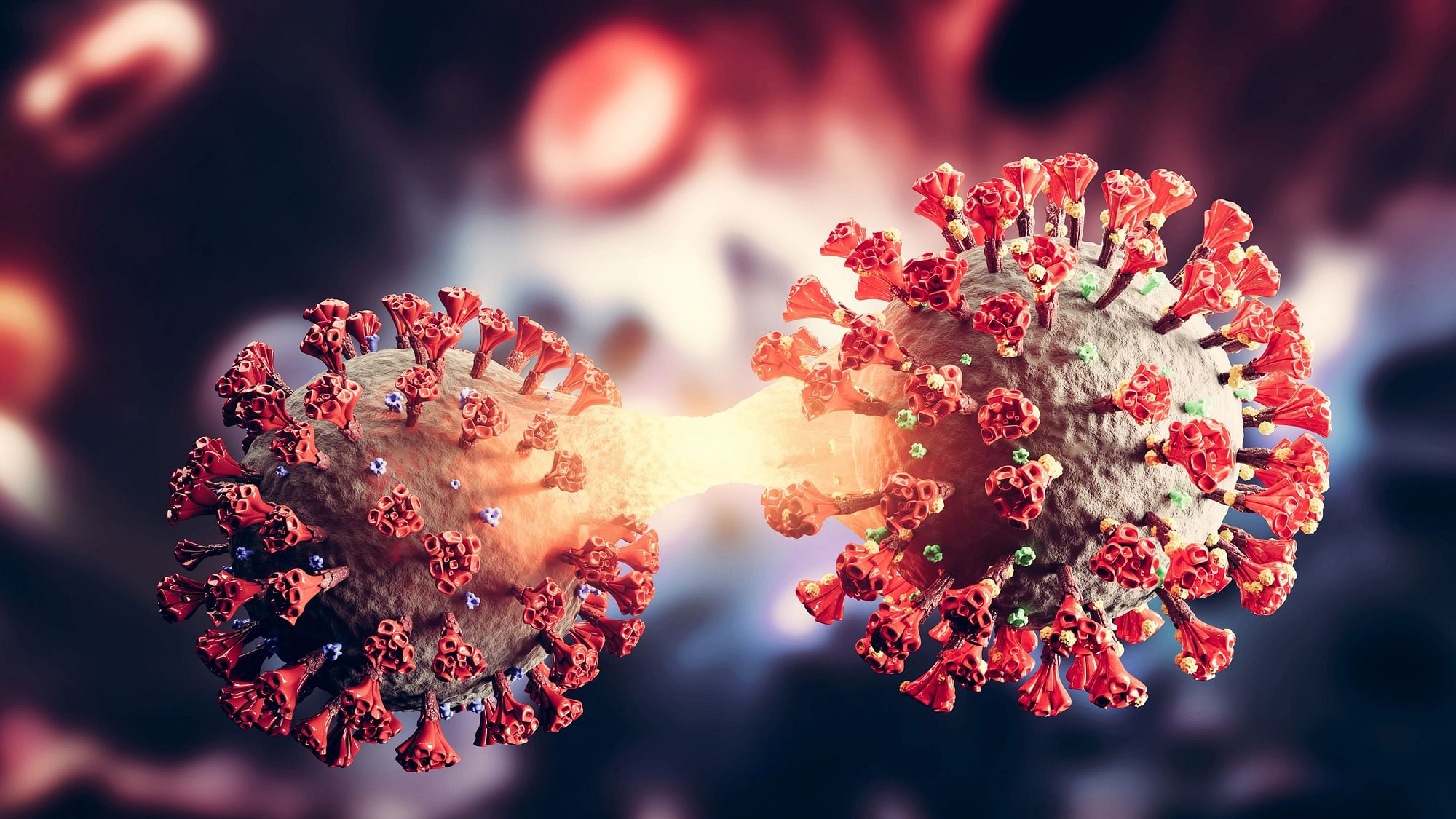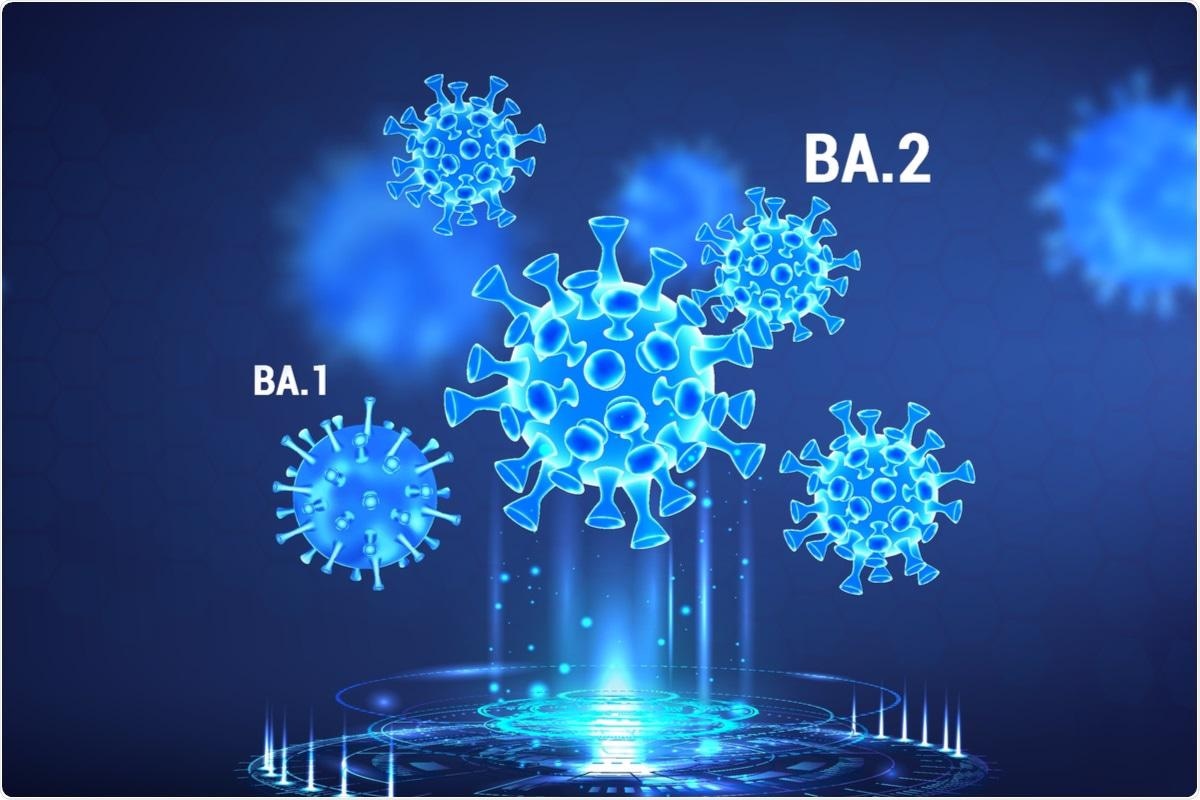
An extra-contagious form of omicron, BA,2, has taken over the world in the latest battle of coronavirus mutations. The BA.2 coronavirus is presently prevalent in at least 68 countries, including the United States.
According to the WHO, it accounts for almost 94% of sequenced omicron cases submitted to a worldwide coronavirus database in the last week. It was also responsible for 72 % of infections in the United States last week, according to the Centers for Disease Control and Prevention.
BA.2 has fast become dominant in his medical system, according to Dr. Wesley Long, a pathologist at Houston Methodist in Texas. The variation was responsible for more than three-quarters of cases in Houston Methodist hospitals at the end of last week. Less than two weeks earlier, BA.2 caused 1% to 3% of cases.
“It’s not terribly surprising because it is more contagious” than the original omicron, Long said.
Scientists are learning more about the variant as time goes by. However, they are unsure how it will alter the pandemic’s course.
What do we currently know about BA.2?

There are several mutations in BA.2. It’s been termed “stealth omicron” because it lacks a genetic feature that enables health experts to quickly distinguish it from the delta form using a specific PCR test.
According to scientists, one reason BA.2 has gained popularity is that it is 94% more contagious than the original omicron. It can sicken people even if they’ve already had an omicron infection, according to a study, however it doesn’t seem to produce more severe disease.
Vaccines against both forms of omicron appear to be equally effective. Vaccination with a booster is recommended for both. They offer strong protection against severe illness and death.
Has the BA.2 variant increased the cases?

When BA.2 became dominant, the number of cases of coronavirus increased in parts of Europe and Asia, and some experts are concerned that the variant could spread to the United States.
Apart from being more contagious, it’s proliferating at a time when nations are loosening controls on COVID-19. People are also removing their masks and returning to activities such as traveling, dining indoors, and attending crowded events.
Overall, coronavirus cases in the United States are currently on the decline. However, other areas, such as New York, Arizona, and Illinois, have seen increases. Because of the widespread availability of home tests and the fact that some persons are no longer getting tested, health experts have observed that case statistics are becoming increasingly unreliable.
“We’re entering a phase where increasing cases or waves may be very regional and it may depend a lot on vaccination levels in the community — and not just vaccination levels but timing of the vaccinations,” Long said. “How long ago were they? Did people get boosters? Because we know the immunity to the vaccine wanes a little bit over time.”
Long believes that cases in the United States will eventually rise again, whether as a result of BA.2 or a future variation.
“If it’s BA.2,” he said, “it may be more of a wave or a speed bump than a surge.”
COVID-19 hospitalizations and deaths are currently on the decline across the country.
Are there any other variants to worry about?

The WHO is tracking other mutants, including hybrids known as “recombinants,” as the coronavirus evolves.
Combinations of delta and omicron, as well as hybrids of BA.2 and the original omicron, also known as BA.1, are among them.
A BA.1-BA.2 hybrid known as XE, which was first found in the United Kingdom in January, is one recombinant that health officials are keenly monitoring. There have been roughly 600 cases documented, and doctors believe it is about 10% more contagious than BA.2.
What should people do?

Experts’ advice remains the same: take care to prevent contracting COVID-19.
“The virus is still out there circulating,” Long said. “Vaccination is still your best defense.”
Get the shots if you haven’t previously, and if you’re eligible because you’re 50 or older or have a compromised immune system, get the second booster.
“If cases start going up in your community, think about assessing your risk level,” Long said. “If you stopped masking and stopped worrying about distancing and things … that’s the time to reinstitute those protective measures.”






